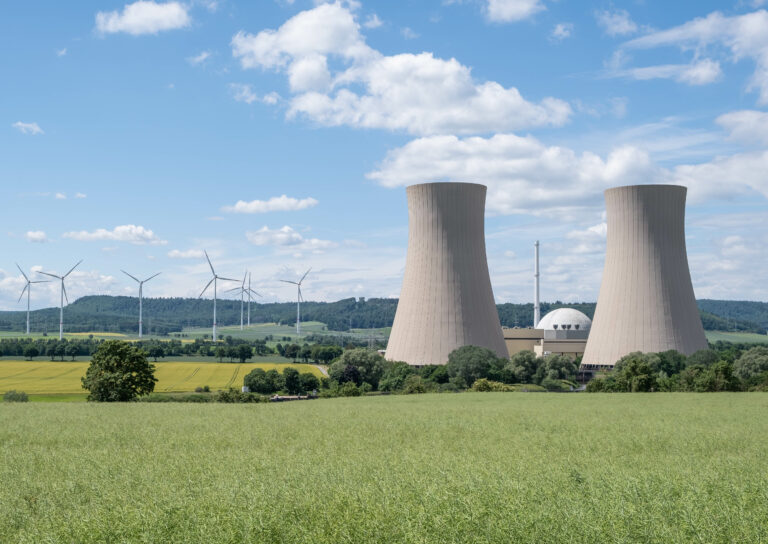What is market-wide half-hourly metering?
The government’s drive to achieve net zero by 2050 is bringing legislative changes impacting the way energy is measured.
Electricity is traded in the market in half-hourly periods. However, most consumers are settled on a ‘non-half-hourly’ basis, which means the electricity they use at different times during the day is estimated.
Half-hourly meters can provide a more accurate understanding of how much electricity is being consumed within every half hour of the day. This accuracy means National Grid can balance the network better, helping to ensure that the electricity needed to power homes and businesses is available when it is needed.
This change to the UK electricity market is the most significant since its privatisation in 1990. Without it, we risk electricity blackouts as National Grid tackles increased electricity demand brought about by net zero transformation, including decarbonisation and the growth in electric vehicles.
What is changing?
There are different electricity meters depending upon the size of your property; half-hourly (HH) for large properties; non-half-hourly (NHH), which may have an Automatic Meter Reader (AMR) fitted; or smart meters (SMETS) for smaller and residential properties.
It is the NHH meters the market-wide half-hourly regulation will affect.
By May 2027 all electricity meters will need to be half-hourly. Approximately 30 million meters are affected by the regulation, meaning that they will need to be upgraded from traditional meters to new half-hourly ones.
What are the benefits of half-hourly metering?
As well as providing better consumption information to suppliers, half-hourly meters also help you understand how much energy is being consumed and when, since they usually provide a portal which delivers this validated consumption data. This reporting functionality can help to drive energy, cost and carbon reductions. It can also help to troubleshoot anomalies and identify energy wastage, such as when energy is being used out of hours.
You can’t manage it if you don’t measure it:
- Accurate billing and time savings, with reduced need for manual meter reads
- Encourages more efficient energy use
- Enhanced monitoring and reporting of consumption
- Supporting sustainability and net zero targets
How can Zenergi help?
We have partnered with Stark to offer a managed programme of meter exchanges for NHH and gas which delivers a streamlined path to compliance with the regulation. You’ll have access to a market-leading portal to drill into your consumption data, helping you monitor, manage and ultimately reduce your energy use. The result is lower energy costs and a reduced carbon footprint.
Our service, delivered in partnership with our preferred Metering and Data partner, Stark, allows you to
- Access all your consumption data through a single online portal on a day+1 basis (i.e. see yesterday’s consumption today)
- Gain insight into consumption patterns and usage
- Drive energy efficiency programmes
- Access support to set and track sustainability and net zero targets
- Deliver compliance reporting
- Gain access to exclusive rates, service levels and KPIs
- Ensure compliance with a project-managed meter rollout programme
Next steps
If your organisation is affected, it is a good idea to get ahead and prepare for the necessary upgrade to a half-hourly meter now. You’ll gain early access to the benefits half-hourly metering brings.
If your meter is NHH and you do nothing, your energy supplier will appoint an organisation to manage the upgrade for you, which may cost more and limit your ability to maximise the benefits of the transformation.
Curious about Zenergi’s managed programme for meter exchange upgrades?














